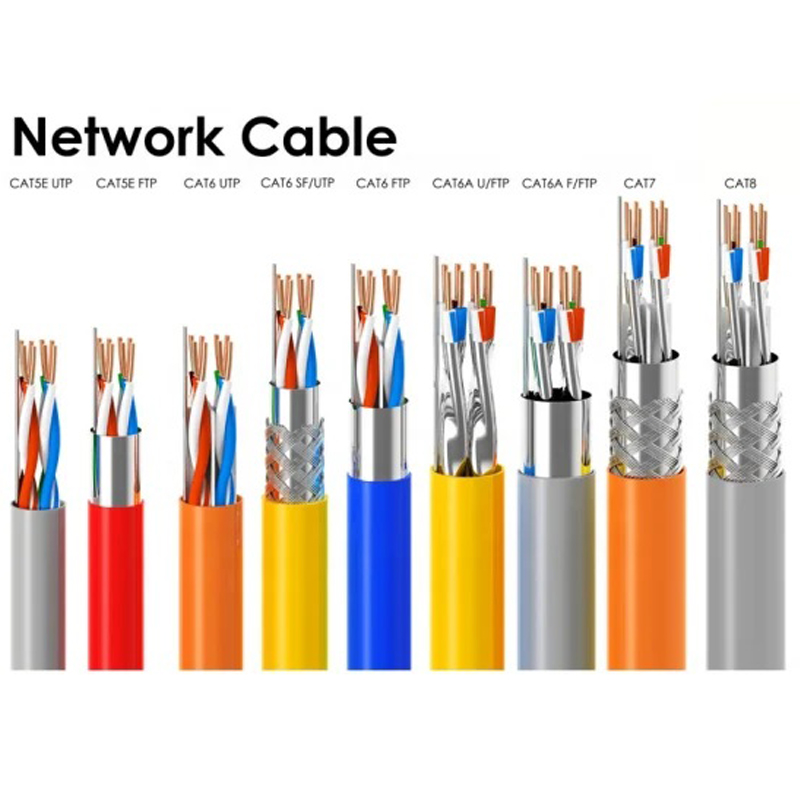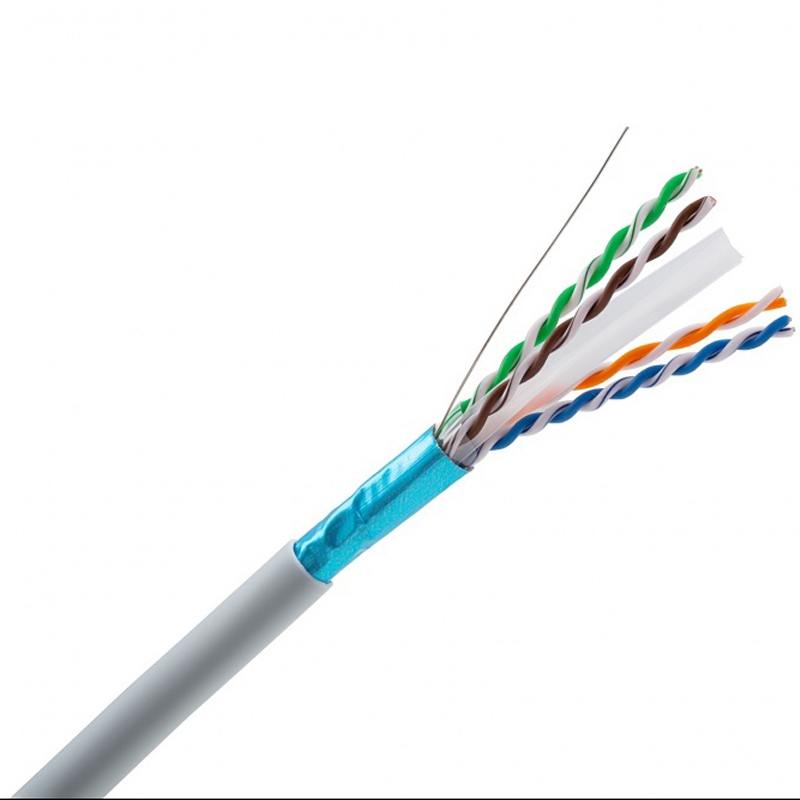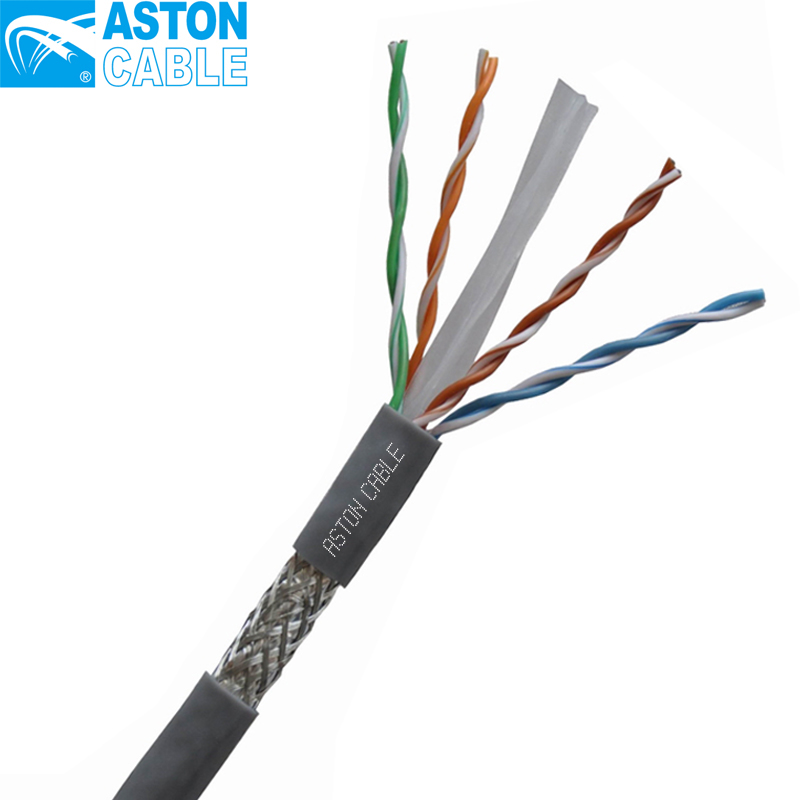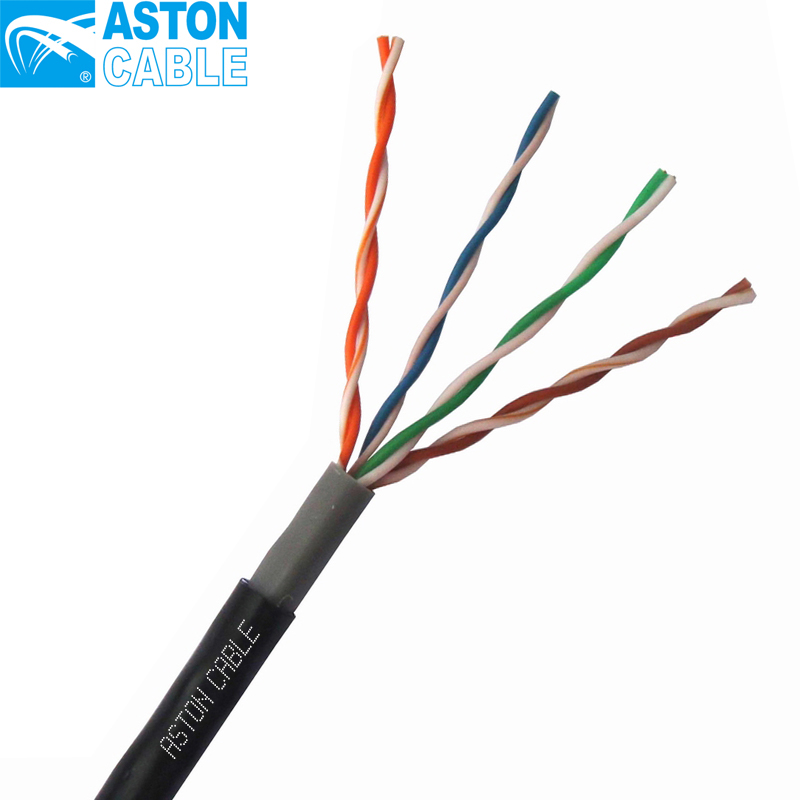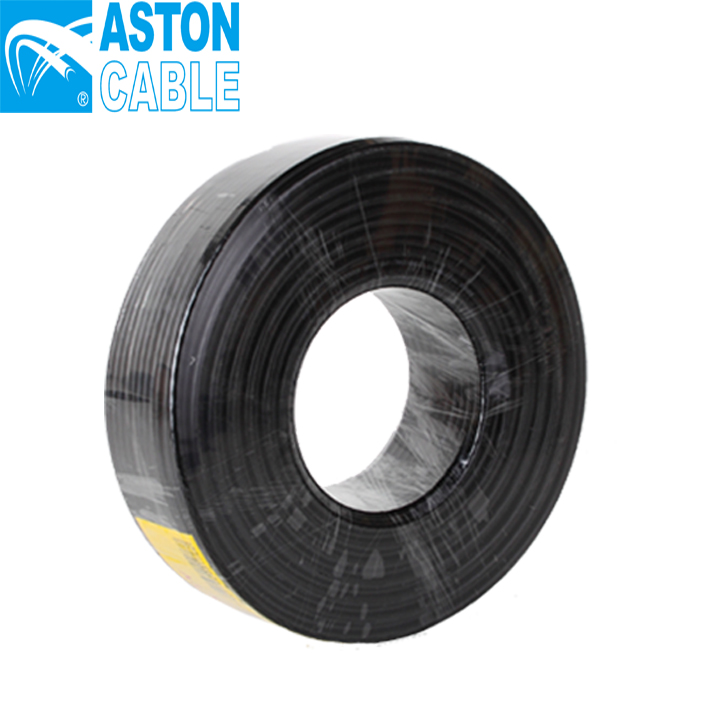Product Details
| Feature | Description |
|---|---|
| Place of Origin | China |
| Brand Name | ASTON or OEM |
| Certification | SGS, CE, ROHS, ISO9001 |
| Daily Output | 200KM |
| Conductor | Bare Copper Solid or Stranded, 23AWG |
Common Product Specifications
| Jackets | PVC, LSZH, PE |
| Color | Customized |
| Core | 4Pairs stranded conductor |
| Insulation | PE Retardant, IEC compliant |
Product Manufacturing Process
Manufacturing outdoor Cat5 cables involves a series of complex processes that ensure the cables can withstand environmental stressors while maintaining signal integrity. It begins with the selection of quality raw materials, including copper conductors and durable jackets. The conductors are twisted into pairs to reduce electromagnetic interference (EMI) and crosstalk. The cables are then shielded with foil or braided shielding for added protection against EMI. The sheathing process typically involves extrusion of a UV-resistant and weatherproof jacket such as PVC or polyethylene. After the initial cable formation, the product undergoes rigorous testing to ensure compliance with industry standards like ISO9001 and CE. These tests assess factors like data transmission efficiency, water resistance, and durability in extreme environmental conditions. Finally, the cables are coiled and packaged for distribution. Authoritative studies suggest that the multi-layer protection and stringent quality controls contribute significantly to the reliability of outdoor Cat5 cables in adverse conditions.
Product Application Scenarios
Outdoor Cat5 cables are versatile solutions for extending network infrastructures in challenging environments. Common applications include inter-building connections within commercial and educational campuses, ensuring seamless network integration across multiple facilities. They are crucial in outdoor access points setups, providing stable high-speed connectivity for expansive wireless coverage. The cables facilitate reliable connections for outdoor IP security cameras, essential for upholding surveillance and security measures. Due to their durability and robust shielding, outdoor Cat5 cables are also preferred in temporary installations for large events, offering dependable network performance in diverse weather conditions. Studies indicate their suitability for various applications is attributed to their engineering to withstand environmental stressors while maintaining high data transmission standards.
Product After-sales Service
- Comprehensive technical support and guidance.
- Warranty coverage for manufacturing defects.
- Replacement policy for faulty products.
- Customer service hotline for quick assistance.
Product Transportation
- Ensured safe packaging for long-distance shipping.
- Options for expedited delivery to meet urgent needs.
- Flexible shipping methods to accommodate large orders.
Product Advantages
- Cost-effective solution for outdoor networking needs.
- Durable construction suited for various environments.
- Reliable performance with adequate data transmission speeds.
Product FAQ
- Q: What are the benefits of using an outdoor Cat5 cable?
A: Outdoor Cat5 cables offer durability against environmental stressors such as UV rays, moisture, and extreme temperatures. Their weatherproof jackets and optional shielding ensure reliable performance, making them suitable for various outdoor applications like security cameras and access points. - Q: How do manufacturers ensure the quality of outdoor Cat5 cables?
A: Manufacturers like Aston Cable adhere to stringent quality control measures, including compliance with standards such as ISO9001 and CE. Cables undergo rigorous testing for data transmission efficiency, water resistance, and physical durability, ensuring they meet high-performance requirements.
Product Hot Topics
- Environmental Protection in Cable Manufacturing
Comment: As sustainability becomes a priority, many manufacturers are adopting eco-friendly practices in producing outdoor Cat5 cables. This includes using recyclable materials, reducing waste during production, and ensuring that the cables comply with environmental regulations like RoHS. Such practices are crucial for minimizing the environmental footprint while maintaining product quality and reliability. - The Future of Networking with Outdoor Cat5 Cables
Comment: Despite technological advancements pushing higher-category cables, outdoor Cat5 cables remain a staple for many networking needs due to their cost-effectiveness and durability. As manufacturers continue to innovate, the focus remains on improving materials and design to extend lifespan and performance, ensuring these cables can meet evolving data demands in outdoor scenarios.
Image Description
